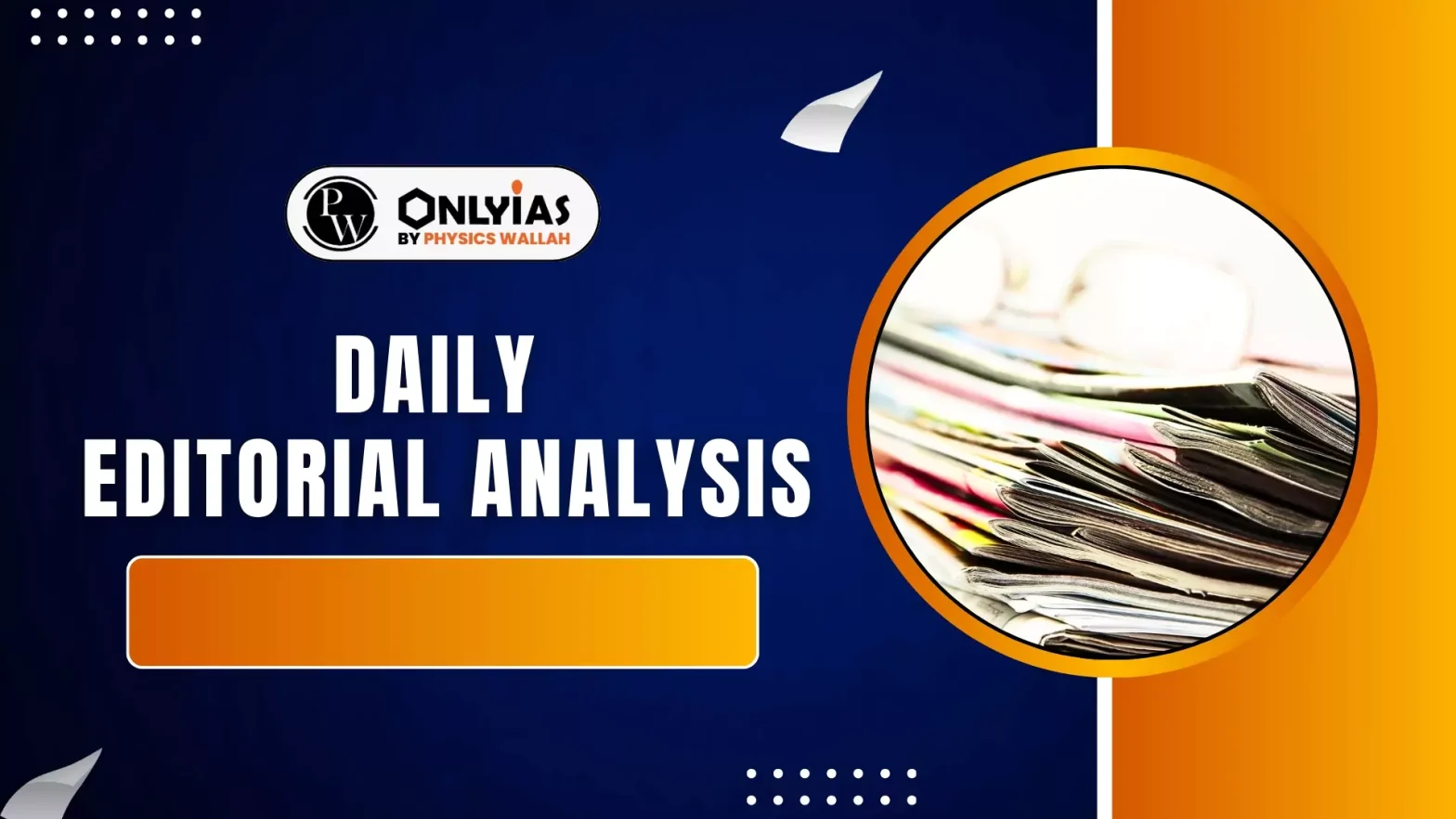Acting on the recent directives by the Allahabad High Court asking Uttar Pradesh to regulate caste glorification, the State issued a notification prohibiting caste-based political rallies, mention of the casts of accused persons in police stations and reference to caste on vehicles, signboards etc.
Crucial Insights on Allahabad High Court Judgment (Praveen Chhetri vs. State of UP)
- Court’s Criticism: The court criticized the continued use of caste in police records (arrest memos, information gathering) despite the availability of modern identifiers (Aadhaar, biometrics).
- Judicial Terminology: The judge introduced the terms Caste Glorification and Caste Narcissism.
- False Symbols of Caste Pride: Placing caste stickers on vehicles is seen as a sign of caste narcissism and an attempt at caste glorification.
- It reflects a false caste pride: the belief that being born into that caste is the greatest achievement.
Key Features of UP Government Order
- Rallies: Ban on caste-based rallies that disrupt public order.
- Vehicles: Ban on caste stickers on vehicles under the Motor Vehicles Act.
- Localities: Ban on naming localities after castes (e.g., Thakur Mohalla).
- Police Records: Caste column to remain blank in police records, except for Scheduled Caste/Scheduled Tribe (SC/ST) Act cases.
- CCTNS Portal: Caste column removed from the Crime and Criminal Tracking Network and Systems (CCTNS) police portal.
- Identity Verification: Both parents’ names (mother and father) to be recorded during arrests.
- Social Media: Monitoring to curb caste-related hate content.
Constitutional Arguments in Favour of the Order
- Article 14 (Equality): Caste symbols create a sense of hierarchy and violate the principle of equality.
- Article 15 (Discrimination): Public display of caste promotes discrimination and division.
- Article 51A (Fundamental Duties): Caste symbols divide society and hinder the fundamental duty to promote common brotherhood.
- Indirect End to Untouchability (Article 17- Abolition of Untouchability): Eliminating the flaunting of caste in public spaces could lead to the disappearance of discrimination.
Key Ethical Dilemma Involved
- Freedom of Expression vs. Public Order:
- Freedom of Expression: Citizens argue they have the right to express their caste identity.
- Reasonable Restrictions: The UP government defends the ban, citing constitutional power to impose restrictions for maintaining public order.
- The debate continues on whether caste stickers directly disrupt public order or whether the ban unnecessarily curtails free expression.
- Assertion vs. Glorification:
- Sanskritization (M.N. Srinivas): Historically, marginalized groups imitated upper castes to climb the social ladder.
- Modern Assertion: In recent decades, marginalized sections assert pride in their own caste identity as a mark of confidence.
- The Difference: Marginalized assertion reflects empowerment, whereas upper-caste glorification often represents narcissism rooted in false pride.
Challenges in the Implementation of the Order
- Tackling Systemic Issues: While the symbolic intent of the order is laudable , critics argue that erasing caste from public view will not solve the real issues of systemic discrimination.
- Caste as a Unifier: Caste, while dividing society, also provides power by allowing marginalized sections to unite, mobilize, and successfully demand their rights from the government.
- Implementation Difficulties: The ban faces challenges in enforcement due to the huge number of existing stickers, difficulty monitoring social media, and ambiguity regarding the definition of a “caste rally”.
Conclusion
Real change requires police reforms, increased police sensitivity, integrating equality into the curriculum, economic empowerment for marginalized sections, and nationwide awareness campaigns against discrimination.
![]() 23 Sep 2025
23 Sep 2025

